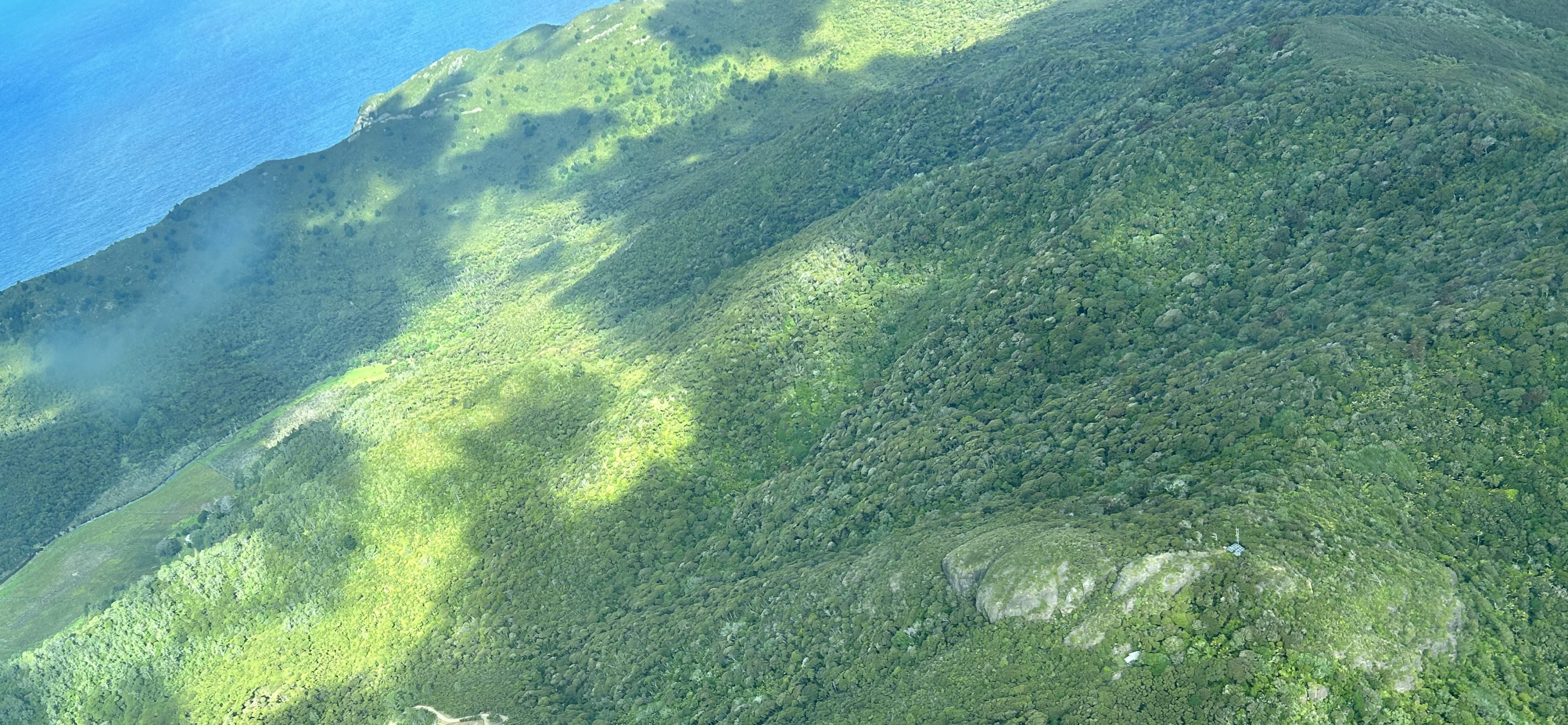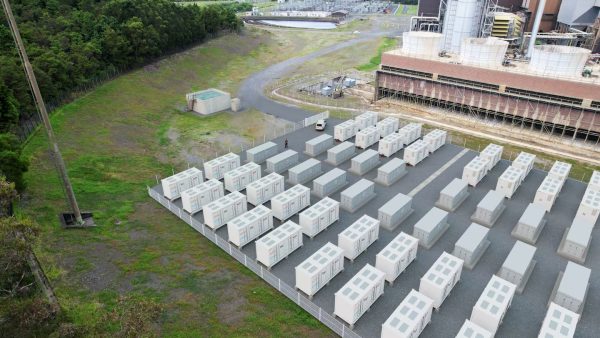Venus and Starlink Satellites. Photo / Mike Lewinski / Creative Commons
For years, Great Barrier Island has grappled with the challenges of communication, often employing innovative solutions. The island’s history includes the world’s first pigeon post mail service, which notably delivered news like Queen Victoria’s death from Auckland before the news could travel by boat. This historic milestone symbolizes the island’s long-standing struggle and ingenuity in overcoming communication barriers.
Today, the internet options on Great Barrier Island range from basic and unreliable to high-quality but costly. Here’s a closer look at the available services:
ADSL: Limited Efficiency in Peak Hours
ADSL, available through copper phone lines in the settlements of Tryphena and Claris, is the most basic form of internet connectivity on the island. While it provides about 2 Mbps download speed, its effectiveness significantly diminishes at night, especially during high seasons. In fact users report that the service becomes nearly unusable in the evenings. The bottleneck is primarily due to the lack of a fiber internet cable to the island. Instead we rely on a radio relay to the Coromandel Peninsula. The demand for high consumption apps like Netflix, Neon and TVNZ on Demand mean that basically the wireless relay is completely overloaded.
Mobile Internet and the Challenge of Topography
Similarly, mobile internet services on Great Barrier Island, including new’ish 4G coverage introduced under the Rural Broadband Initiative, also depend on the same radio relay system. Furthermore, the island’s topography, with its high peaks and deep valleys, poses challenges for getting mobile reception at all. Cell towers on Rosalie Bay Rd and Station Rock, while providing some coverage, cannot effectively reach areas shadowed by the island’s rugged landscape. This results in patchy and unreliable cell service in many parts of the island.

Starlink: Reliable, High-Speed… Costly
Elon Musk’s Starlink satellite service has transformed internet access on Great Barrier, offering speeds up to 300 Mbps—more than enough for streaming, gaming, video calls, and just about everything else.
Until recently, the catch was the price: around $180 a month, plus a $1,100 upfront equipment cost. That’s now changing. Starlink has introduced a new “low priority” service tier for roughly $79 a month, which still delivers fast, reliable internet—just with reduced traffic priority during peak periods.
SpaceX, Musk’s rocket company, has also slashed the cost of equipment to $600, with refurbished kits available from $300. There’s even an option to rent the satellite and router for $19 per month. Some residents are reportedly cutting costs further by sharing a connection across neighbouring properties.
But even with the lower prices, Starlink isn’t light on power. The standard Gen 2 dish typically draws between 50 to 75 watts while active, and 20 to 30 watts when idle. High-performance units can chew through 110 to 150 watts. To mitigate this, Starlink recently added a “Sleep Schedule” feature, letting users reduce power draw overnight or during downtime.
Recommendations for Visitors and Bach Owners:
- For Bach Owners: Starlink offers a plan that can be turned on and off month to month, providing flexibility for those who don’t require continuous internet service throughout the year.
- For Visitors: Internet access is available at Claris Airport, the library, and the Claris Service Centre. Additionally, there are patches of cell reception in Medlands and Tryphena, as well as in other unexpected places where reception can be found.







